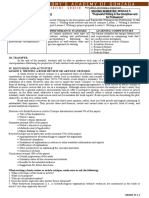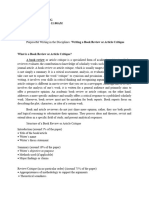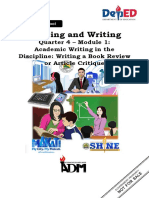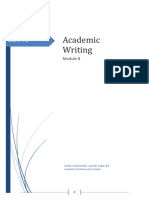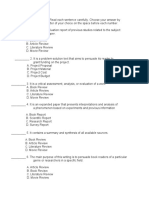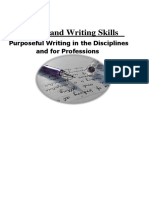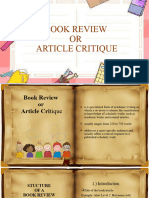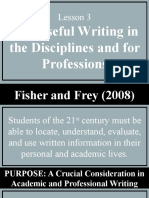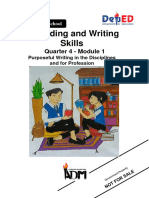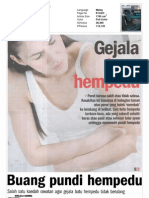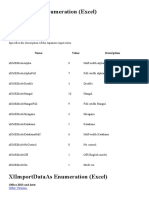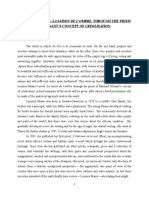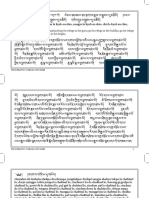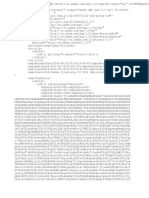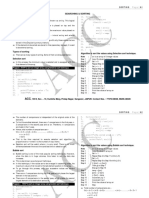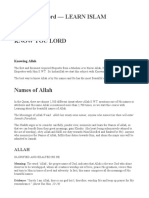0% found this document useful (0 votes)
33 views63 pages1 Writing A Book Review or Article Review
book review ppt
Uploaded by
Anne Alonso CamarillasCopyright
© © All Rights Reserved
We take content rights seriously. If you suspect this is your content, claim it here.
Available Formats
Download as PPTX, PDF, TXT or read online on Scribd
0% found this document useful (0 votes)
33 views63 pages1 Writing A Book Review or Article Review
book review ppt
Uploaded by
Anne Alonso CamarillasCopyright
© © All Rights Reserved
We take content rights seriously. If you suspect this is your content, claim it here.
Available Formats
Download as PPTX, PDF, TXT or read online on Scribd
/ 63




